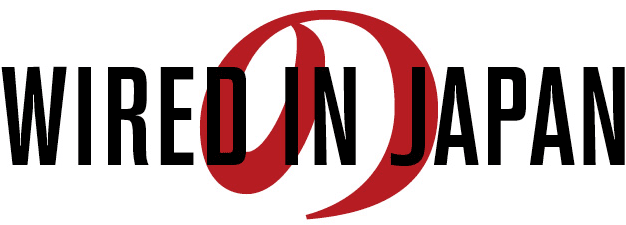Above: These will be my classmates. I’m in for a wild ride!
I'm going to Japan! The interview to study abroad went really well. I introduced myself in Japanese (a surefire way to impress the panel) and got a lot of good advice. Primarily, be open to new experiences and take advantage of all the resources available to me both at Sozosha (Soh.zoh.sha) and my home school. Also, another student, Tara, who's an illustrator, is going as well. We've form a small band of language learners and speakers, working with a tutor, Rio Sensei, and one of my Japanese obsessed instructors, on the side.
For Japan, I'm planning on going out at the beginning of March, Spend about a month in Tokyo so I can adjust to the culture, and take a language class to really immerse myself in the language to prepare myself for school. I'm going to stay with a host family, rather that trying to navigate a month in hostiles and the like. It will also give me time to scope out the Japanese creative scene. One of my instructors has a connection in Tokyo at a design and animation studio called Tokyo Lab. They don't specifically do what I do but the founders were both educated at American design schools and work bilingually. They'll be a good insight into what its like to be a creative in Japan and help me know who I need to know.
Then I'll head out to Osaka at the beginning of April to start my design classes at Sozosha. There, I'll also be staying with a host family, who will be indispensable in navigating my way through my time there. Let me tell ya, I'm looking forward to some good Japanese eats. I'm going to approach it with an open mind and try as much as possible. A vegetarian open to new things; a flexitarian. Our group went to a Japanese restaurant, the most delicious in town, and Rio taught us manners. I had what is called a Donburi. They vary in ingredients, but mine consisted of a bowl with a bottom layer of rice, with tempura vegetables piled on top. Osaka is known to be the place for food and the place for the arts; a perfect combination. Classes at Sozosha go until August. Then I'll fly back to home and start up classes again at the very end of August.
Hard work is paying off; cant wait to jetset to the other side of the globe.













